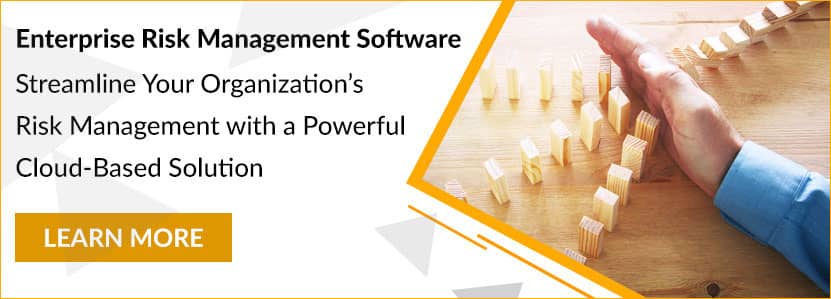Home/ Blog / Best Practices and Aligning Compliance with Corporate Goals; an Interview with Global Risk Community
360factors CEO Carl McCauley was invited for an interview on the Risk Management Show podcast, hosted by Boris Agranovich. The 24-minute discussion touches upon banking and fintech partnership trends and compliance readiness. Presented are two short excerpts from the interview. Listen to the complete interview here

Banks and FIs are focused on utilizing FinTech to get the best performance out of their organization but often do not have experience with FinTech since it is still a relatively nascent domain. The host asked Carl to provide some insights and best practices based on his decades of experience in developing technology for the financial sector.
Here is what Carl McCauley had to say:
Managing Requirements and Time-to-Value
Banks, desire to use best practices, but they have some unique components, or at least they believe they have some unique components that will require a special, bespoke solution. If you ask a bank, “tell us how you handle this today” you will get some unique responses, but if you step back and look at those requirements, many could be accomplished in the same way other banks accomplish them.
A big part of this is when a financial organization chooses a software solution to help manage risk and compliance – how do you choose something that comes with out-of-the-box solutions so that you can deploy the solutions quicker, at less cost, and at less risk? We like to refer to this concept as Time to Value – the time it takes for a solution to start generating value for an organization.
Banks, desire to use best practices, but they have some unique components, or at least they believe they have some unique components that will require a special, bespoke solution. Share on XHow do you buy something and deploy it rather than build a system from scratch? Instead of deploying 10 different applications all at once, it is a much better idea to pick an area or two that is the biggest pain point for the organization and implement a solution for that pain point. Deploy the solution quickly, show the value to the organization, and then use that to scale into other areas. At that point, how do you use that to offer value to the organization? How do you show the frontline business users how risk and compliance teams can help the business? If you do that right, then you can offer a lot of value, and that creates a tremendous push to have the technology be used within the bank.
Shifting Perceptions of Risk and Compliance Departments
Aligning compliance with corporate goals is another major risk and compliance technology feature. Compliance is often considered a back-office cost center. Carl explains how compliance technology enables the compliance and risk departments to be considered much more than an expense.
Carl McCauley
Aligning compliance with corporate goals is where I think one of the shifts is really coming in, where historically compliance and even risk were seen as back-office functions financial organizations had to do to manage the regulations. A lot of times it was perceived as, ” “If I go to compliance, they are going tell me what I can’t do, what we have to do, and all the work we need to do to hand off this product.’’
The change that are seeing that really creates value is how does the [compliance] group can show that they do not exist stop the business from doing something, but rather to show stakeholders how to do it faster and quicker while streamlining compliance requirements, minimizing risk, and understanding the risks there. Getting involved in the early stages of new products, new offerings, and helping them go to market quicker while minimizing risk is a key component of creating strategic value; that really stands out.
Risk and Compliance Growth Areas for Banks
When we look at the last couple of years, an interesting thing about banks is that they have had a ton of business. It doesn’t look like customers are going away. There have been a lot of opportunities. The challenge for banks is that the interest rates have gotten so low, and the net gross margin revenue that they have to operate on has gone down. So how do banks introduce new products, new offerings, and market to new customers? That creates risks for the bank and where the risk and compliance groups can really help by saying, “Okay, if we are going to do these new segments, new markets, and new products, then here’s what we need to do, and here’s how we do this to manage it”. I think that’s great strategic value for the bank that will enable banks to grow and expand while minimizing their risks.
Interested in seeing how your organization can generate value from risk and compliance processes? Get in touch with our experts for a demonstration of Predict360, our American Bankers Association endorsed risk and compliance management platform.
Request a Demo
Complete the form below and our business team will be in touch to schedule a product demo.
By clicking ‘SUBMIT’ you agree to our Privacy Policy.




